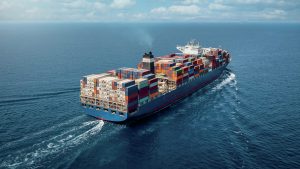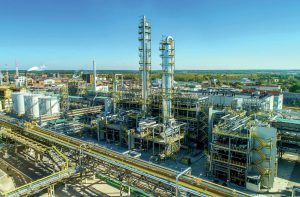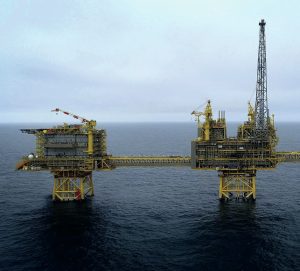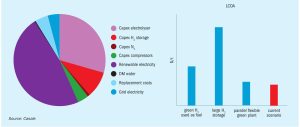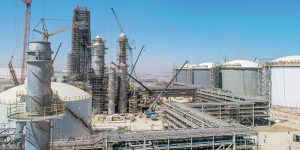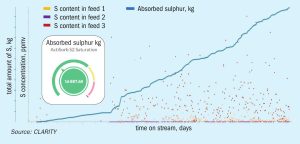
Digitalised data to revolutionise catalyst operations
Data has always been crucial for successful operations in the chemical industry, but the growing volume of data is only as good as our ability to analyse it. Now, the market is about to experience a step change in data assessment, and Clariant is fully on track, thanks to cutting-edge technologies for real-time data monitoring, visualisation, and information exchange.



